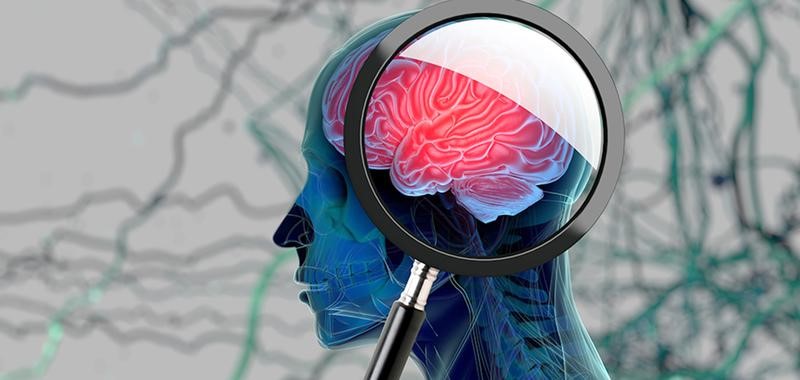Free Courses Sale ends Soon, Get It Now


Free Courses Sale ends Soon, Get It Now



Source: Hindu
Disclaimer: Copyright infringement not intended.
Context
Details
Understanding SNCA
Recent Research Findings
1.Two SNCA Populations:
2.Balance and Disease:
Therapeutic Implications
Current Parkinson's treatments focus on symptomatic relief, but managing SNCA levels offers a promising alternative:
About SNCA Protein
Basic Characteristics:
Functions:
Must read article:
Sources:
|
PRACTICE QUESTION Q. The SNCA protein is central to our understanding of Parkinson’s disease and other neurodegenerative disorders. Comment. (150 Words) |
© 2024 iasgyan. All right reserved